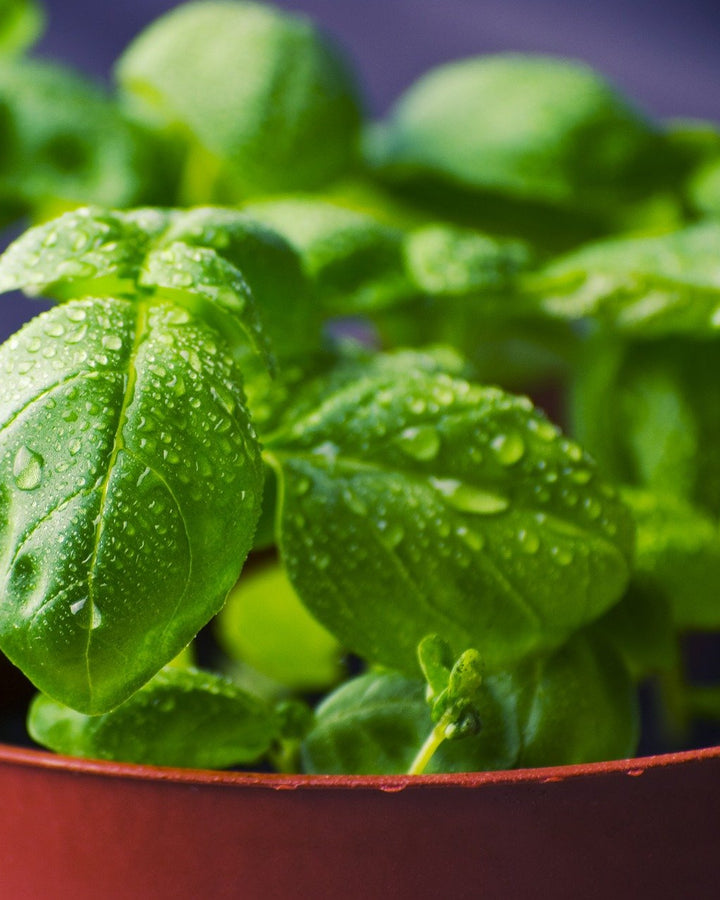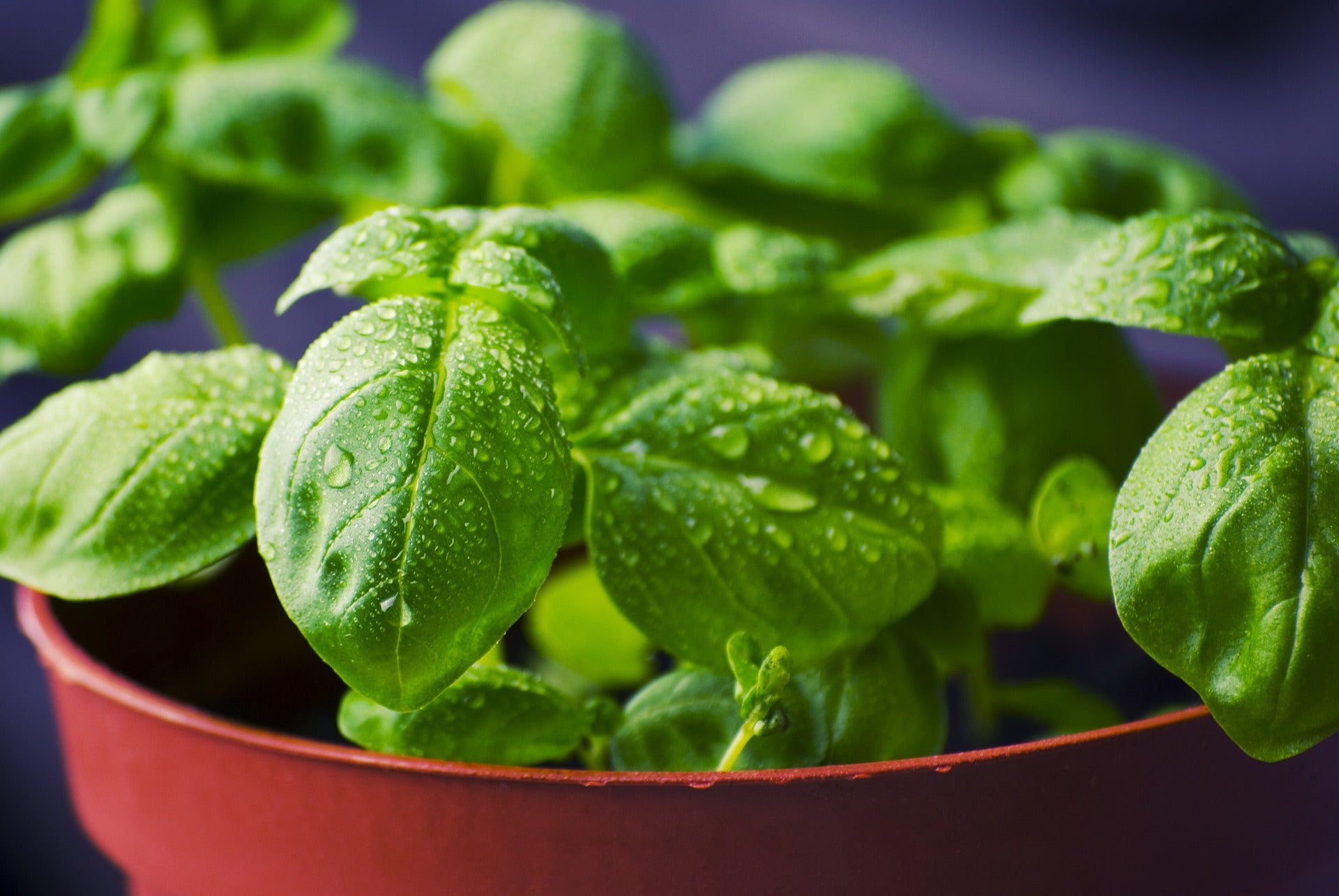If, like me, you’ve managed to kill even the most death-resistant plants (I’m talking cactuses and succulents), but love the taste of fresh herbs in every meal, then spring is your season! The arrival of spring means warmer weather, longer days and lots of sunlight - qualities that both humans and herbs can agree are pretty great. Spring also signifies new beginnings and, at the risk of sounding cheesy, is the perfect season to make changes and establish healthy habits (sorry New Years). So this spring, don’t just commit to eating seasonal produce - commit to growing it, like the true badass you are. I promise there’s never been a better time to dust off your "Everything-I-Touch-Dies-Thumb" and grow an indoor herb garden. And with these pro-tips, it’s (almost) impossible to fail.
*No herbs were hurt in the making of this article
Buy A Starter Plant
Ambition is great. But when trying to grow fresh herbs for the first time it’s better to start small. Instead of planting your own seeds, which is a risky and complicated undertaking, buy a few starter plants from your local nursery or farmer’s market. Just make sure to pick pots between 6-12 inches deep with drainage holes in the bottom - that’ll give your herbs room to grow and keep them from rotting. Parsley, basil, thyme and oregano are all commonly grown indoors and are great for novice gardeners. Build your herb garden in a single stress-free afternoon and save the seeds for the experts - we promise we won’t tell!
Pro-tip: Take baby steps - your indoor herb garden is a judgement free zone!
Sunlight, Sunlight, Sunlight
More than anything, indoor herb gardens need sunlight, which makes spring the perfect season to get started! Most herbs need between 4-6 hours of sunlight a day to grow, so always place them near a window that gets lots of light.
Pro-tip: Remember to rotate your plants once a week to make sure that all sides are getting hit with enough rays and that none of them get a nasty sunburn.
Refine Your Pruning Technique
Pruning can make or break your herb garden, which is why it’s important to hone your pruning skills and get comfortable giving regular trims. Most herbs grow in a “v” shape, with the bigger leaves on the bottom and the smaller leaves on the top. While it might make sense, and feel more impressive, to pick off the bigger leaves first, if you want your herbs to last you should always start near the top. That’s because the bottom leaves are the plant’s solar panels. They power its growth and prevent it from getting top heavy.
Pro-tip: When pruning, keep in mind that size doesn’t always matter! Also, no matter how badly you want to make that homemade pesto - never, ever, cut off all the leaves at once!
Avoid Over-Watering
As a certified plant-assassin, more than a few plants have died from apparent drownings on my watch. For novice gardeners, it can be hard to let go of the misconception that water (and lot’s of it) is the key to success. Although it seems like a pretty harmless substance, overwatering can cause soil to become soggy, soggy soil can cause your herb’s roots to rot, and rotten roots, well....you know the rest.
Pro-tip: Stick your finger one inch below the soil - if it feels dry, add water!









